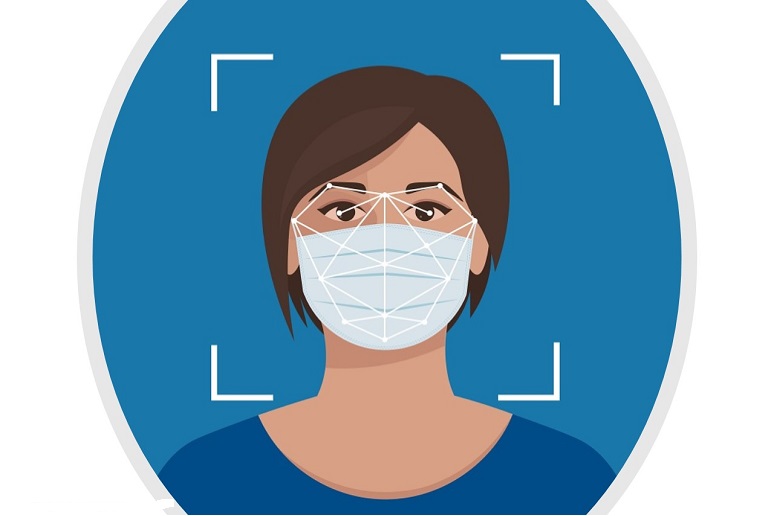The other day, my husband upgraded his phone from a Samsung Galaxy S6 Edge Plus to a Samsung Galaxy S10 Lite. For the unfamiliar, this is a significant leap — from the Middle Ages to the modern era.
Naturally, like a kid on Christmas morning, he spent hours playing around with the new capabilities and widgets. But the real excitement centered around the facial recognition system that unlocks the device. He scanned his eyes, nose, and mouth before putting the phone away for the night. But at work the next day, he quickly realized that the security feature wasn’t designed with masks in mind — as it failed to recognize him multiple times.
Coincidentally, the topic of masks came up in a collaboration industry
blog I read today from Cisco’s Jason Hansen, head of growth & strategic messaging for the company’s meeting software and devices. In the blog, Hansen talked about masks, artificial intelligence (AI), and the intelligent workplace.
Most mobile applications are struggling to identify people wearing facial coverings, but Cisco claims to have figured out how to solve the problem for its meeting software— Webex facial recognition technology. The AI in the Webex platform is now capable of recognizing a person wearing a face mask, Hansen wrote. Once the platform identifies the individual, a name label will appear and continuously track them as they move around a virtual room -- even if they put on a mask, Hansen added. Here’s how it works. In the Webex Rooms meeting app, a trained people-detection algorithm adapts to “face variations,” Hansen said. That means it doesn’t matter if you’re wearing sunglasses, safety helmets, and protection masks… it has even learned to recognize people when their backs are turned to the camera, he added.
Just because we’ve become familiar with the “hybrid workplace,” doesn’t mean this should initiate an unpleasant or “disjointed experience” for the customer, but rather a “more consistent one,” he noted.
These are the types of AI-fueled changes that we should expect all meeting providers to make in order to facilitate the return to work, whether this be the office or at home. As they become standard, it might mean survival for an organization. The world is evolving, and we must evolve with it.





